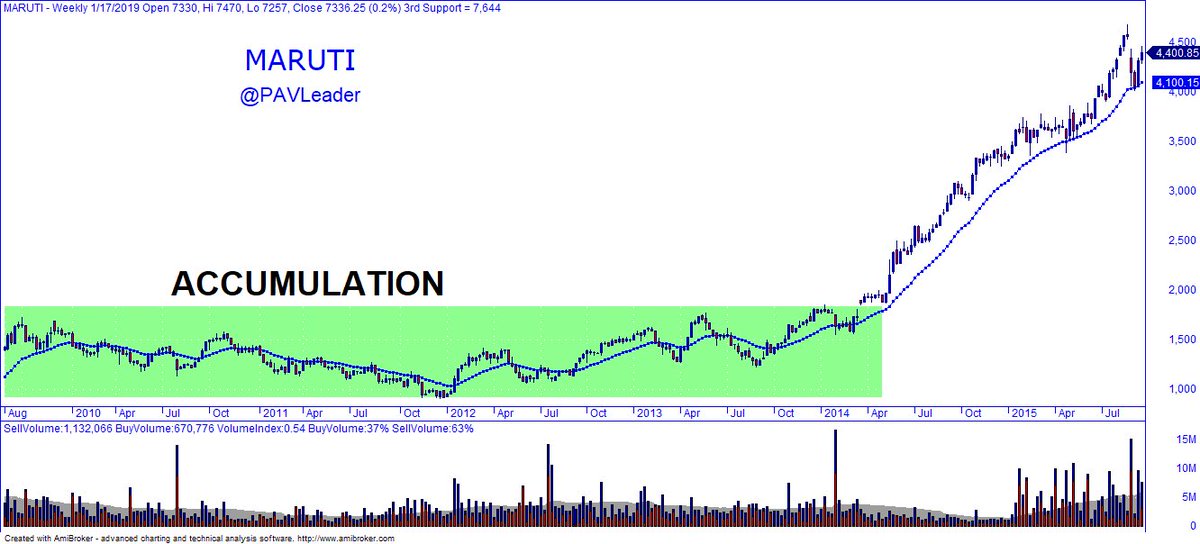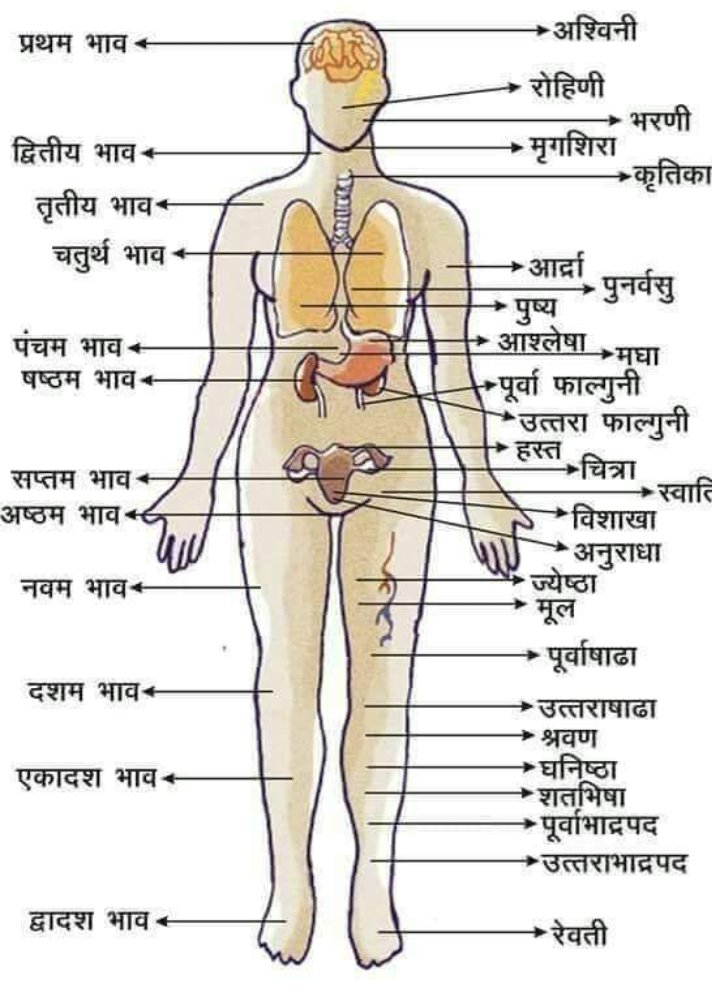#Chapter3 : Price Action Trading Secrets
Disclaimer: I am going to share my experience in Price Action trading. Please note this is NOT at all a Holy Grail or even close so if you are looking for that, please stop reading here.
1st Topic would be -
What is Price Action & why it is important?
We all trade price every day. Knowingly or unknowingly but we all are associated with price. You buy a stock at 100 & I sell at 100, we traded price. So price is nothing but an agreement between 2 parties to trade something mutually
Price action is important to find the right balance between buying pressure & selling pressure which actually moves the price.
Our next topic would be -
Understand structure, trends & market cycles
What is the first thing you look when you see a new chart? Thinking???
Let me help. The first & foremost thing you should look for in any chart is “Structure” or “Trend”. It’s easy….right?
Structure is nothing but the analysis of recent peaks & troughs (in other words pivots).
Structure is to spot the following 4 things on any given chart –
1.Higher high
2.Higher low
3.Lower high
4.Lower low
a.Accumulation
b.Mark up
c.Distribution
d.Mark down
As Price Action trader you need to literally understand these concepts really well so that you can time your entries accordingly.
a. Accumulation: This cycle comes after the Mark down phase where the sell-off by Smart Money (FIIs, DIIs, big hedge funds etc.) happens to dump the stocks back to retail traders.

Next section will be on Mark up phase.
•Bulls feel that it’s time for profit booking or offloading the stock OR
•Bears start getting active to take control & price resist to move up
•Either price falls sharply (highly unlikely in one shot) OR
•Price moves in range (beginning of distribution phase)

c. Distribution: This phase is an interesting phase & price spends a lot of time here just like accumulation phase. Whatever stocks Smart Money has accumulated at lower prices, they need to now sell.

Next phase-Mark Down

Hope you liked these fundamentals to understand how price moves.
You can comment & share your feedback now!
@chief_vk over to you
More from All
Hello!! 👋
• I have curated some of the best tweets from the best traders we know of.
• Making one master thread and will keep posting all my threads under this.
• Go through this for super learning/value totally free of cost! 😃
1. 7 FREE OPTION TRADING COURSES FOR
A THREAD:
— Aditya Todmal (@AdityaTodmal) November 28, 2020
7 FREE OPTION TRADING COURSES FOR BEGINNERS.
Been getting lot of dm's from people telling me they want to learn option trading and need some recommendations.
Here I'm listing the resources every beginner should go through to shorten their learning curve.
(1/10)
2. THE ABSOLUTE BEST 15 SCANNERS EXPERTS ARE USING
Got these scanners from the following accounts:
1. @Pathik_Trader
2. @sanjufunda
3. @sanstocktrader
4. @SouravSenguptaI
5. @Rishikesh_ADX
The absolute best 15 scanners which experts are using.
— Aditya Todmal (@AdityaTodmal) January 29, 2021
Got these scanners from the following accounts:
1. @Pathik_Trader
2. @sanjufunda
3. @sanstocktrader
4. @SouravSenguptaI
5. @Rishikesh_ADX
Share for the benefit of everyone.
3. 12 TRADING SETUPS which experts are using.
These setups I found from the following 4 accounts:
1. @Pathik_Trader
2. @sourabhsiso19
3. @ITRADE191
4.
12 TRADING SETUPS which experts are using.
— Aditya Todmal (@AdityaTodmal) February 7, 2021
These setups I found from the following 4 accounts:
1. @Pathik_Trader
2. @sourabhsiso19
3. @ITRADE191
4. @DillikiBiili
Share for the benefit of everyone.
4. Curated tweets on HOW TO SELL STRADDLES.
Everything covered in this thread.
1. Management
2. How to initiate
3. When to exit straddles
4. Examples
5. Videos on
Curated tweets on How to Sell Straddles
— Aditya Todmal (@AdityaTodmal) February 21, 2021
Everything covered in this thread.
1. Management
2. How to initiate
3. When to exit straddles
4. Examples
5. Videos on Straddles
Share if you find this knowledgeable for the benefit of others.
https://t.co/VUYbsKGncx
Kristian G. Andersen
Andrew Rambaut
Ian Lipkin
Edward C. Holmes
Robert F. Garry
2. Thanks to @newboxer007 for forwarding the link to the research by an Australian in Taiwan (not on
3. K.Andersen didn't mention "competing interests"
Only Garry listed Zalgen Labs, which we will look at later.
In acknowledgements, Michael Farzan, Wellcome Trust, NIH, ERC & ARC are mentioned.
Author affiliations listed as usual.
Note the 328 Citations!
https://t.co/nmOeohM89Q

4. Kristian Andersen (1)
Andersen worked with USAMRIID & Fort Detrick scientists on research, with Robert Garry, Jens Kuhn & Sina Bavari among
Our Hans Kristian Andersen working with Jens H. Kuhn, Sina Bavari, Robert F. Garry, Stuart T. Nichol,Gustavo Palacios, Sheli R. Radoshitzky from USAMRIID and Fort Detrick to tell more fairy tales? Full emails listed for queries...https://t.co/kLRoQTxiGD pic.twitter.com/uHNuGraPP2
— Billy Bostickson \U0001f3f4\U0001f441&\U0001f441 \U0001f193 (@BillyBostickson) August 26, 2020
5. Kristian Andersen (2)
Works at Scripps Research Institute, which WAS in serious financial trouble, haemorrhaging 20 million $ a year.
But just when the first virus cases were emerging, they received great news.
They issued a press release dated November 27, 2019:





























